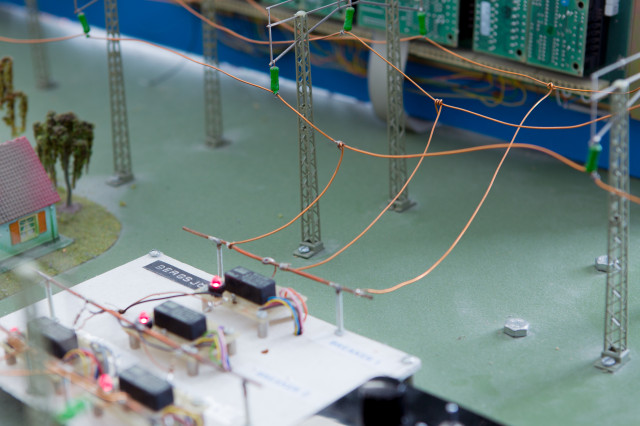The course contains the basic theories and the most important experminetal methods of high voltage engineering.
Generation of high voltages. Cockroft-Walton cascade rectifier. Transformer cascade. Marx generator for impulse voltages. High voltage dividers. High voltage test technique. Electrical breakdown strength of gaseous, liquid and solid insulation. Dielectric properties of electrical insulation. Complex permittivity and dielectric response functions. Kramers-Kronig relations. Insulation diagnostics. Dielectric spectroscopy. Partial discharges.
Two projects are included that treats measurements of high voltages and diagnostics of electrical insulation. Three laboratory exercises are included plus experimental tasks in the projects. Three non-compulsory assignments treat the theoretical aspects. Two study tours are usually offered. In the end of the course there is a written exam.
Exercises:
Problem solving related to the various parts of the course.
